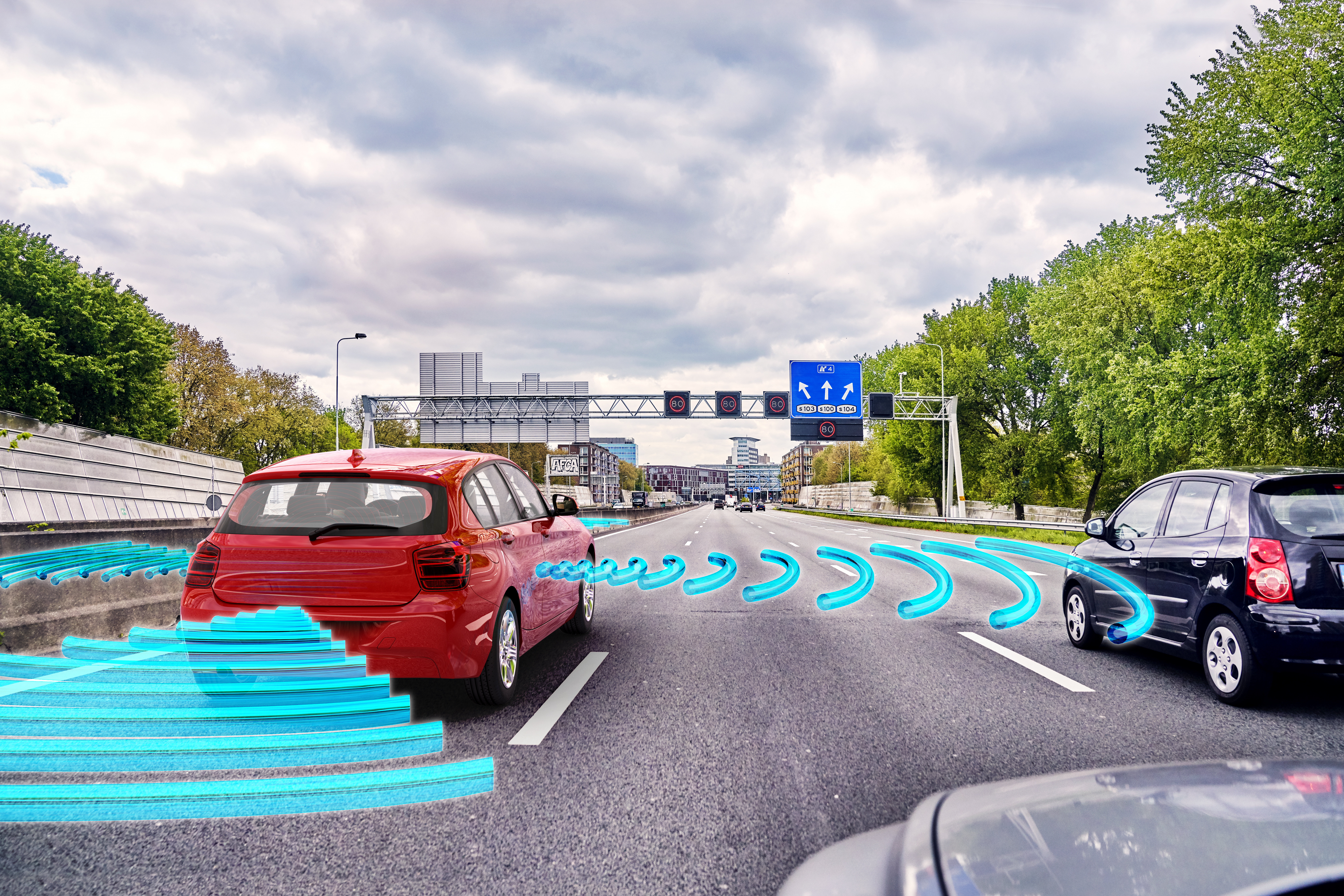What is vehicle generated data?
Vehicle generated data refers to data generated by vehicles that are equipped with internet connectivity, onboard sensors and data recorders. Many vehicles in Australia are already connected and the number of connected vehicles is expected to increase.
Vehicle generated data is creating potential opportunities for industry and government to work together to improve road safety and enhance network operations, investment, maintenance and planning.
Australia’s transport agencies are working together with industry to seek to understand how they can access and use aggregated and anonymised data to generate social value, particularly in the area of road safety.
Vehicle Generated Data Working Group
The NTC provides secretariat support to a joint industry-government Vehicle Generated Data Working Group. Membership of the group includes representatives from road agencies across Australian jurisdictions and vehicle manufacturers.
In 2024, this group agreed to seek out opportunities and strategic pathways for vehicle generated and road transport data to support positive road safety outcomes.
Background
In November 2020, the National Transport Commission (NTC) released a policy paper on Government Access to Vehicle-Generated Data. This paper explored opportunities for Australia to harness a range of benefits through vehicle and road operator data. It recommended the establishment of a joint industry- government Vehicle Generated Data Working Group, an approach that was supported by industry and government stakeholders.
Contact us
- Log in to post comments
